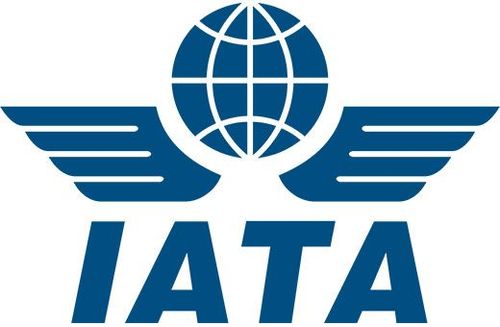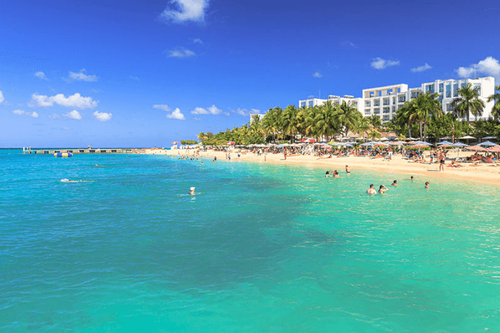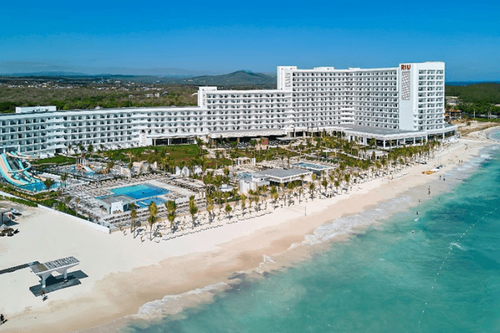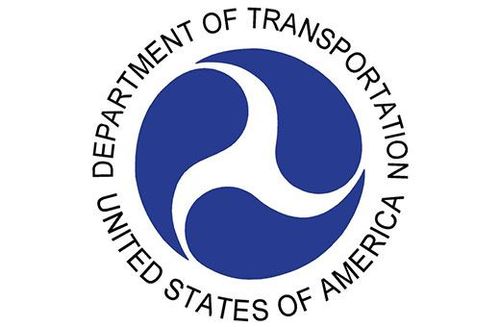Where travel agents earn, learn and save!
News / Trans-Tasman bubble has Aussies hopping across the ditch
Trans-Tasman bubble between Australia and New Zealand shows how travel bubbles can work
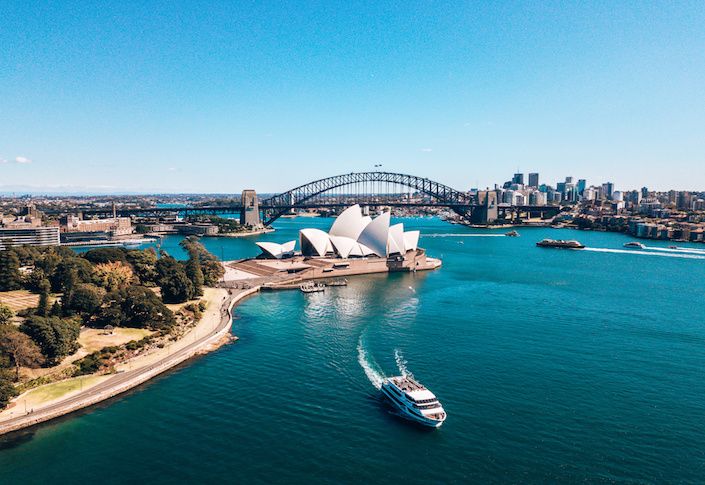
April 23 - In a year full of bad news, the recently launched Trans-Tasman bubble between Australia and New Zealand shows how travel bubbles can work, offering a spark of hope for travel retailers, airports and tourism organizations too.
The demand converts to bookings
Just one day following the NZ PM’s announcement on April 6 of the quarantine-free travel bubble between Australia and New Zealand, issued tickets reached 101% of 2019 volumes.

Olivier Ponti, VP Insights, ForwardKeys commented: “We are observing the reactivation of travel and the release of pent-up demand. The shape of the revival is very much in line with what we have been expecting. Leisure travel is leading the charge, as many people have been longing to take a holiday; and they have seized the opportunity immediately.”
Analysis of the major routes between the two countries reveals that the bulk of bookings, 46%, are between the three major cities on Australia’s east coast, Sydney, Brisbane and Melbourne, and New Zealand’s biggest city, Auckland. Bookings between those cities and New Zealand’s second city Christchurch represent 15%.
The leisure market drives travel recovery forward
Analysis of traveller profile shows leisure travel leading the way and business travel lagging. 91% of bookings were for leisure travel and 9% for business.
A quick look at comparative market shares reveals that bookings to Queenstown, which promotes itself as “the adventure capital of the world” have performed exceptionally well.
Overall, bookings made from the whole of Australia to New Zealand in the period 6th – 14th April were 37% behind those made in the equivalent period in 2019, but bookings to Queenstown were 2.5% ahead of pre-COVID levels.
Closer inspection of travel timing suggests strong pent-up demand for winter sports, such as skiing and snowboarding, because 72% of the bookings to Queenstown are for arrival between June and October 2021 – the popular ski season in New Zealand.
The hope for the quick return of normality and happy holidays is apparent.
New post-pandemic trends to observe
Another interesting trend is the trend to stay longer. A growing number of travellers from Australia are choosing to stay over 14 nights. As the chart below demonstrates it’s grown by 32% when compared to 2019 figures. Even the average length of stay has increased from 7.1 nights to 9.7 nights.

“Perhaps this is a sign of “cabin fever”, people haven’t had the chance to travel and now that they can they wish to get away for longer and even splurge on themselves,” says Ponti.
This may be the case as there has also been an 8% increase in bookings for business class cabins. Upon closer inspection of the passenger profile regarding the issued tickets between April 6 – 14, solo travellers and couples lead the pack.
Travel bubbles between regional neighbours such as this one may be the first step forward in mending the gap in travel, helping the fragile industry slowly get back up on its feet.
More Travel News:
ACI World data reveals COVID-19’s impact on world’s busiest airports
UNWTO and IATA collaborate on Destination Tracker to restore confidence in travel
St. Kitts & Nevis to welcome back Seabourn Odyssey in July
Viva Wyndham announces reopening of Viva Wyndham Fortuna Beach in Freeport, Grand Bahama





